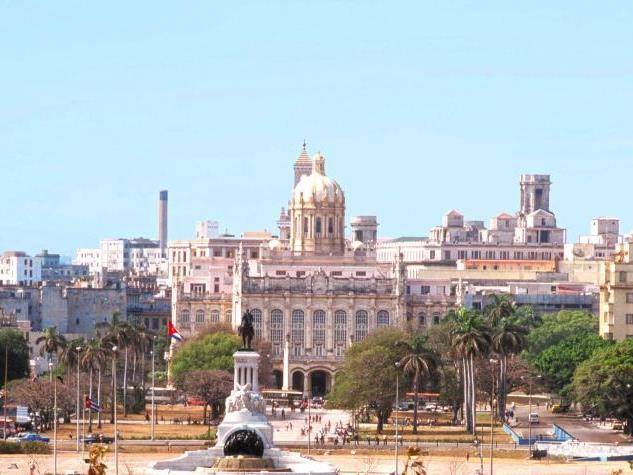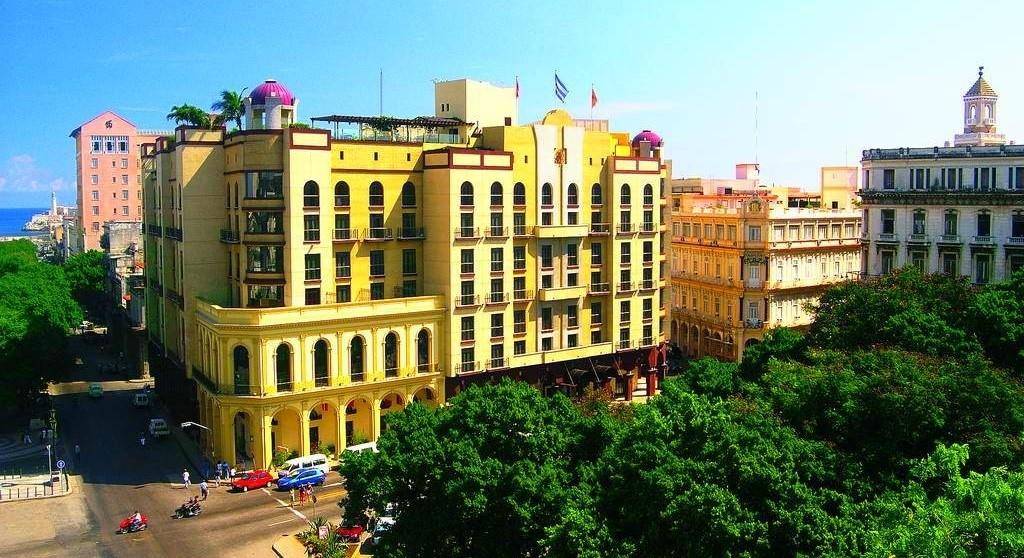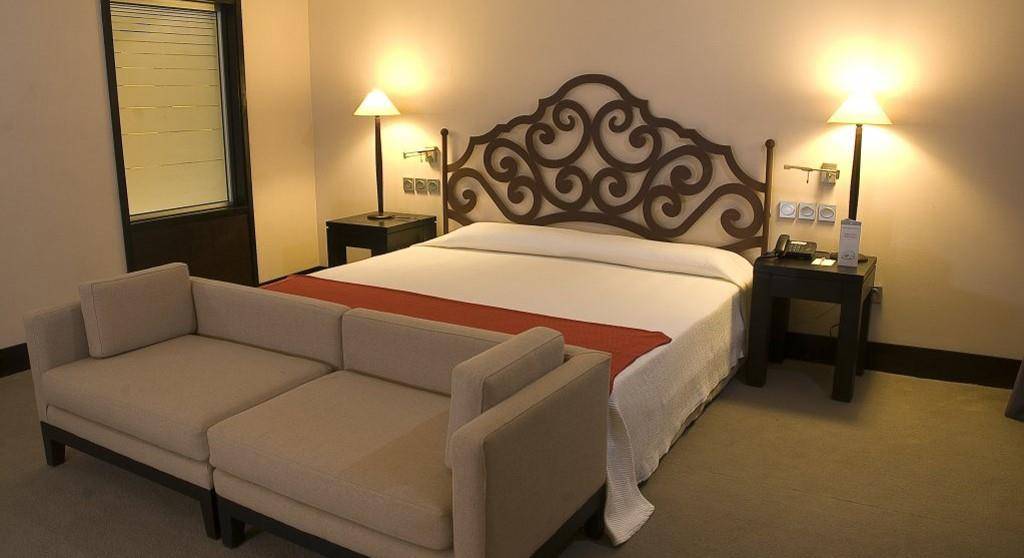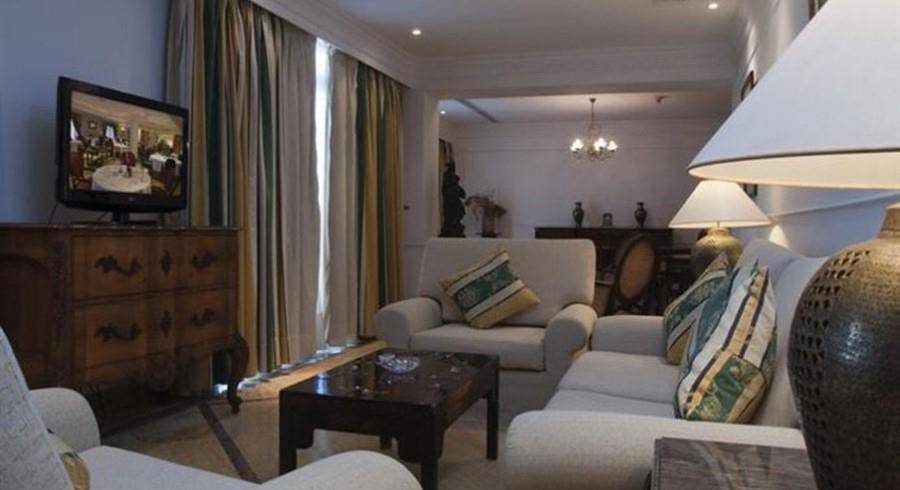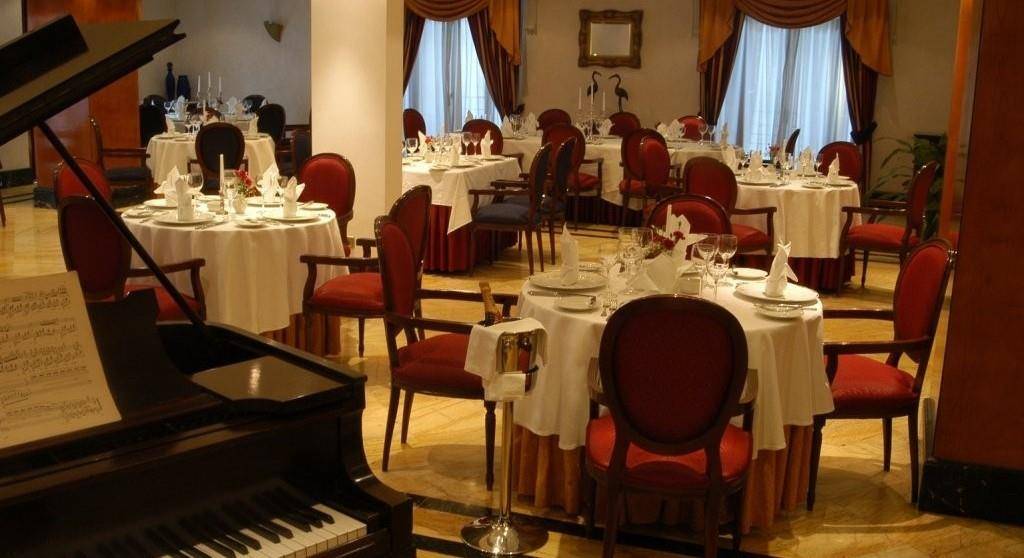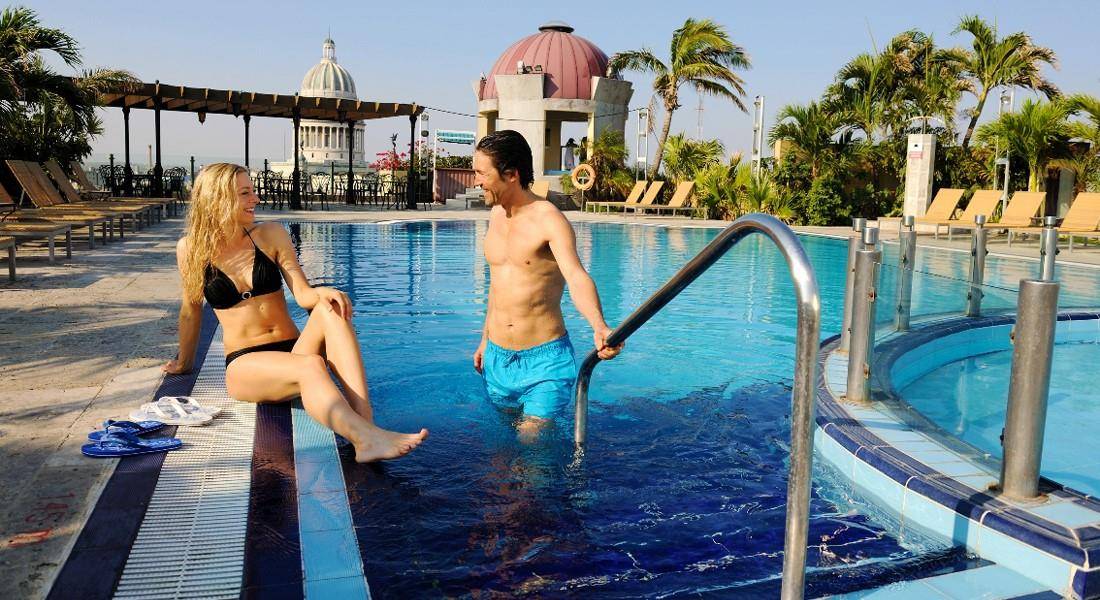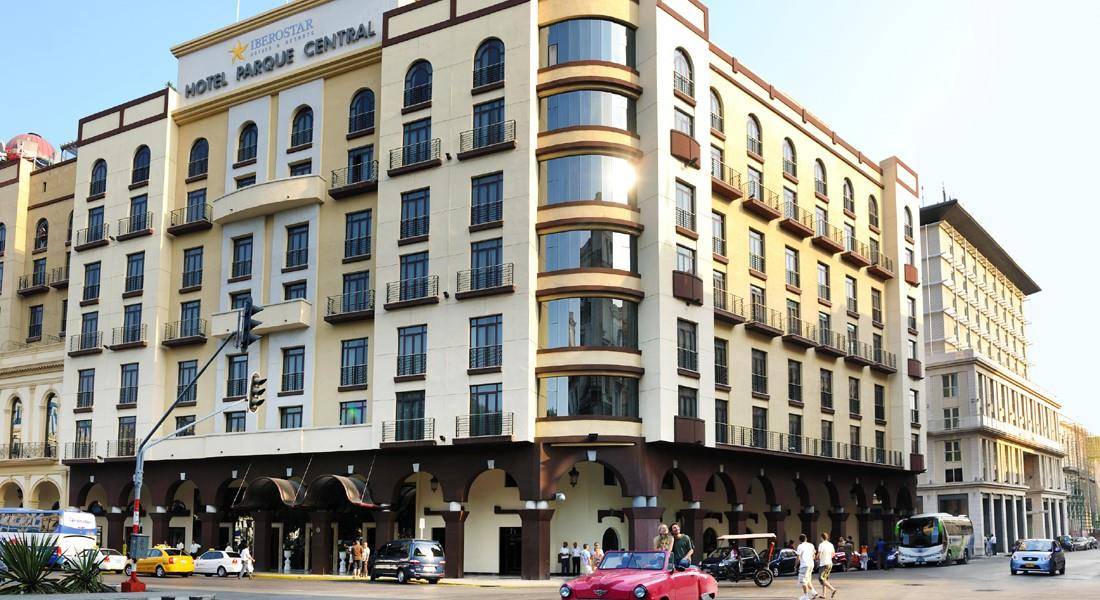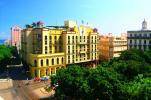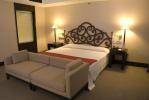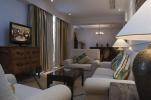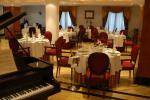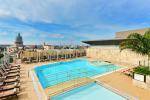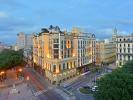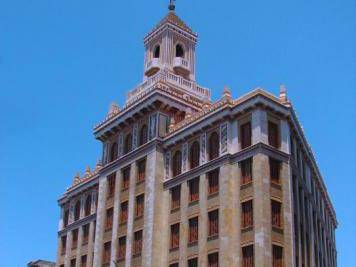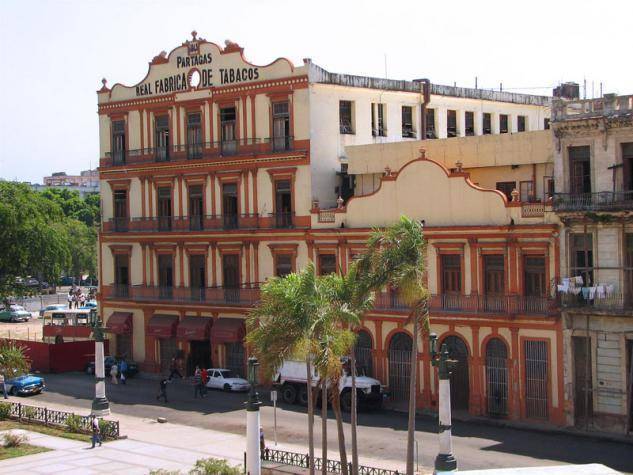About
Iberostar Parque Central
The elegant 5-star IBEROSTAR Parque Central Hotel is located in central Havana, Cuba. Known for its Spanish colonial-style architecture, which pulls in the rich culture of the streets, our top hotel is regarded as the best hotel in Havana. The IBEROSTAR Parque Central Hotel is an excellent starting point for tourists wanting to dive into Cuba's history and explore the most authentic streets and corners in Havana. Whether you are staying with us as a family holiday or a couple's getaway, our top hotel in the Havana is guaranteed to be an unforgettable experience.
In the Centre of Havana. The IBEROSTAR Parque Central Hotel is nestled in the heart of Havana. Thanks to its coveted location, the hotel is within close proximity to the Capitol's featured tourist sites, lined with music and the best attractions and popular destinations such as Bar Floridita and La Bodeguita del Medio.
Unmatched Views. Guests can admire unbelievable city views from the charming French windows and doors of the hotel. Our hotel allows for unrivalled vistas of Havana's distinct glass buildings including the Capitol Building, the Great Theatre of Havana, and the Fine Arts Museum. Guests can also enjoy the most spectacular views from the IBEROSTAR Parque Central Hotel's pristine rooftop swimming pool.
Luxury and Comfort. Every comfort and luxury that you could hope for in a hotel is offered at the IBEROSTAR Parque Central. All rooms are fully furnished and provide a wide array of facilities. Accommodation choices range from our Double Rooms to the majestic Presidential Suite.
